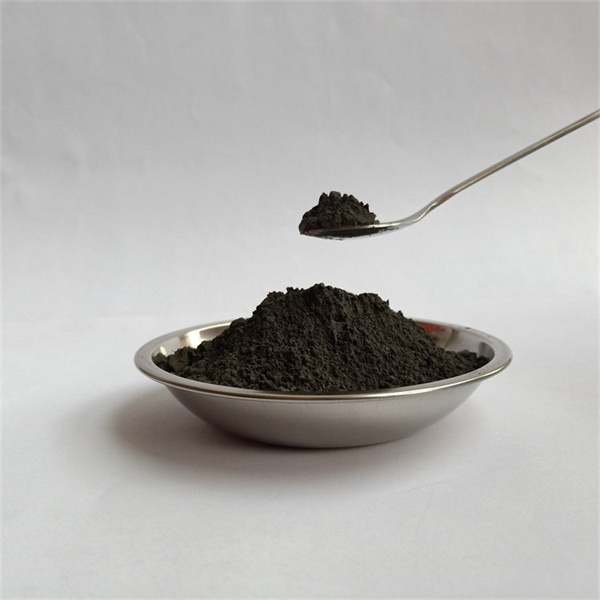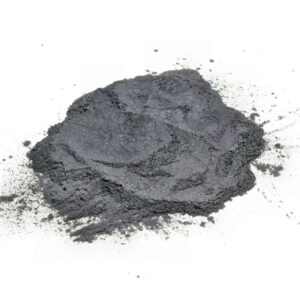SLM 制造 是一种用于各行各业的粉末床熔融快速成型制造工艺。本指南全面介绍了 SLM - 其工作原理、材料、应用、优缺点、系统供应商等。
选择性激光熔融(SLM)概述
slm制造是一种快速成型制造工艺,它使用激光逐层选择性地熔化金属粉末,从而制造出完全致密的零件。主要特点
- 利用 3D CAD 数据指导粉末层的激光熔化
- 在大多数合金中达到接近全密度(>99%)
- 可实现铸造/机加工无法实现的复杂几何形状
- 常见材料包括不锈钢、钛、铝、镍合金
- 典型层厚 20-100 微米
SLM 制造工艺提供了设计自由度和接近传统制造工艺的机械性能。

如何 SLM 制造 作品
SLM 使用高功率激光熔化细金属粉末,形成精确的图案:
- 将 CAD 模型数字化切成薄截面层
- 粉末层均匀铺满整个构建平台
- 激光根据每个切片熔化粉末,将颗粒融合在一起
- 平台下降,应用新层,流程重复
- 完全致密的部件是逐层叠加而成的
惰性气体保护气氛可防止构建过程中发生氧化。
用于 SLM 的材料
许多金属粉末都可用于 SLM,包括
SLM 金属材料
- 不锈钢(316L、17-4PH、15-5PH)
- 工具钢(H13,M2)
- 钛(Ti-6Al-4V)
- 铝(AlSi10Mg)
- 钴铬合金(CoCr)
- 镍合金(铬镍铁合金 625、718)
- 铜合金
- 贵金属
粉末范围通常为 15-45 微米。有些合金需要专门的参数才能成功打印。
SLM 零件的应用
slm 制造工艺可将组件合并为无需组装的一体式部件。常见用途包括
SLM 零件应用
- 航空航天 - 轻质结构、涡轮机、支架
- 医疗 - 植入物、假肢、手术器械
- 汽车 - 轻质部件、定制设计
- 模具 - 带保形冷却的注塑模具
- 能源 - 复杂的石油/天然气阀门、热交换器
- 防御 - 需要强度的定制无人机/机器人部件
与传统制造相比,SLM 可优化设计,减轻重量,缩短交货时间。
SLM 快速成型技术的优势
可持续土地管理的主要优势
- 可实现复杂的几何形状和微观结构
- 完全致密和各向同性的材料特性
- 减少浪费--只使用所需的材料
- 通过整合组件减轻重量
- 设计迭代周期短
- 无需铸模/锻模等特殊工具
- 可定制合金和分级材料
slm 制造为生产增强型组件提供了几乎无限的自由度,否则是不可行的。
SLM 制造的局限性
与传统制造相比,SLM 确实存在一些缺点:
- 小批量生产的零件成本较高
- 根据构建腔尺寸确定的有限尺寸(随着时间的推移会不断改进)
- 与铸造或锻造合金相比,材料选择有限
- 通常需要进行表面处理等后期加工
- 特殊处理钛和铝等活性粉末
- 可能存在的缺陷,需要检查方法来识别
- 某些材料和建筑的各向异性能
通过不断的技术进步来缓解挑战。
SLM 系统供应商
主要的 SLM 设备制造商包括
著名 SLM 系统供应商
- EOS
- 3D 系统
- 通用电气添加剂
- Trumpf
- 雷尼绍
- DMG 森
- 西斯玛
- 马扎克
- AMCM
许多公司提供交钥匙系统以及粉末处理和后处理设备。
成本分析 SLM 制造 生产
与大多数 AM 工艺一样,SLM 的前期成本较高,但批量生产时单件成本较低:
- SLM 系统成本 ~$500,000 至 $1M+
- 生成率 ~5-20 立方厘米/小时( ~10-50 克/小时)
- 劳动时间 ~5-10 小时,包括后期处理
- 材料成本 ~$50-200/公斤
- 零件总成本可从 $500 到 $5000+ 不等
人工、系统投资和材料成本最高。对小批量/中等批量生产而言具有竞争力。
SLM 与金属铸造和机械加工的比较
| 过程 | 优点 | 缺点 | 最佳应用 |
|---|---|---|---|
| SLM | 设计自由、重量轻、周转快、浪费少 | 尺寸有限,低产量时成本较高,后处理 | 中小批量复杂零件 |
| 金属铸造 | 接近净形,适用于从简单到复杂的零件,批量生产时成本更低 | 完成零件的额外步骤、设计限制、工具成本 | 中高产能 |
| 数控加工 | 材料选择多、精度高、表面光洁度好 | 减法工艺产生的废料、低产量下的高成本、工具使用的设计限制 | 设计变化频繁的中小批量 |
每种工艺都有适合特定应用、产量和目标的优势。

常见问题
哪些材料可以用 SLM 进行 3D 打印?
最常见的 SLM 材料是不锈钢、钛、铝、钴铬合金、镍、铜和贵金属。也可以使用各种工具钢和超级合金。
SLM 零件的典型精度是多少?
SLM 可生产出精度在 +/- 0.005 英寸/英寸左右的零件,具体取决于层厚、扫描策略、几何形状和后处理等因素。关键表面可能需要加工。
SLM 零件需要进行哪些后处理?
典型的 SLM 后处理包括去除支撑、应力消除、表面抛光/磨光、消除内部空隙的热等静压以及必要的热处理。
SLM 可以制造功能分级材料吗?
是的,SLM 可以通过在构建过程中的不同位置智能地改变原料成分和微观结构来制造复杂的分级结构。
SLM 适合大规模制造吗?
目前,SLM 最适用于中小批量的生产,最多可生产数千个零件,在这种情况下,设计灵活性和定制特性所带来的好处证明了成本的合理性。
SLM 利用添加技术实现了突破性的性能提升。随着技术的成熟,成本将更具竞争力。
结论
选择性激光熔融技术实现了以往不可能实现的复杂优化几何形状,为各行各业的制造业带来了革命性的变化。它通过聚焦激光熔化粉末层,根据三维模型数据制造出致密的功能性金属部件。虽然小批量生产的成本仍然较高,但 SLM 提供了前所未有的自由度,可以重新构想部件设计,从而提高性能。材料从钛、铝、钢、镍和钴合金等金属不断扩展。随着技术的不断进步,SLM 将成为大批量生产的可行方法,并与传统制造技术优势互补。SLM 将继续为设计师和工程师带来新的可能性。



